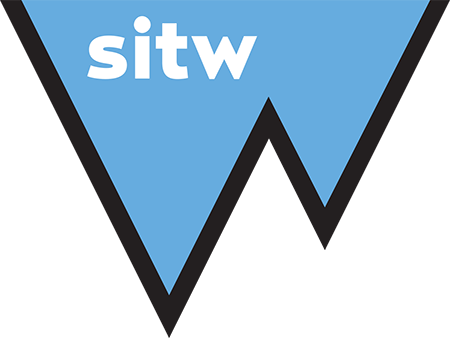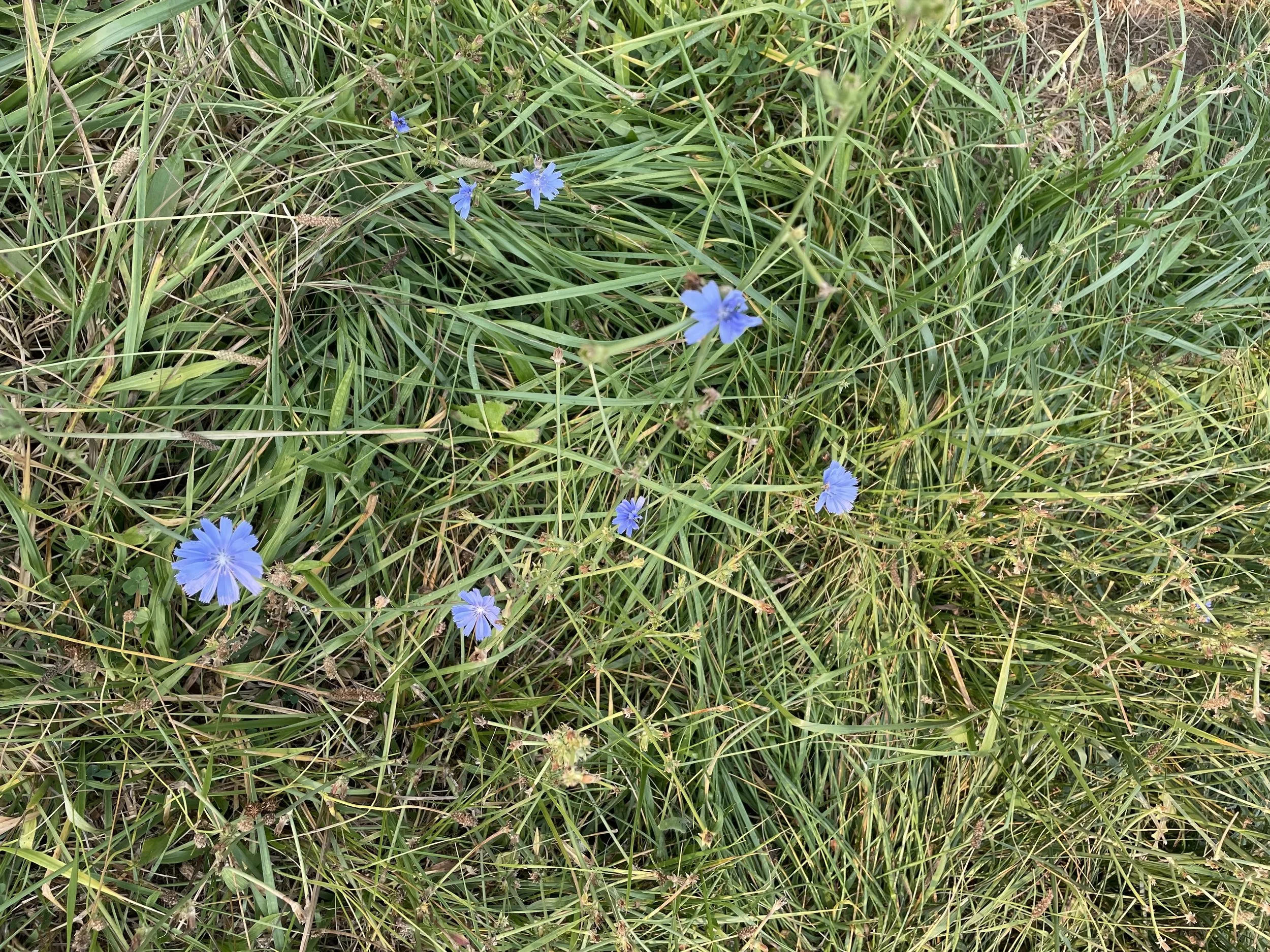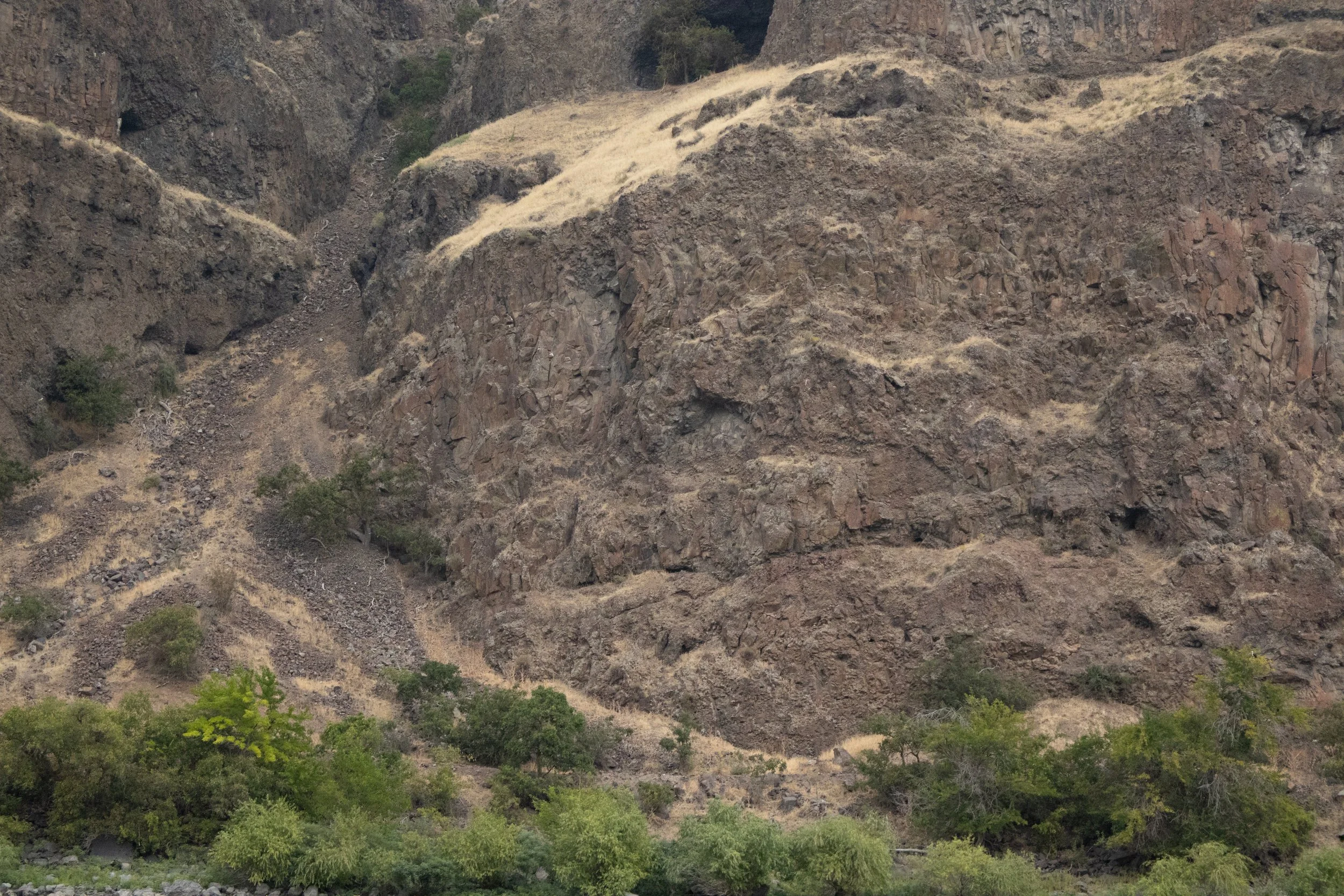“We are reeling right now.” John’s voice dipped.
A hummingbird flitted over the deck and fell out of sight. Tiny wings beating in furious rhythm, a toneless hum, X̌ʷnámx̌ʷnam. Someone had asked about the current state of languages for the Confederated Tribes of the Colville Reservation. We were all sitting on the deck of a wooden lodge on the X̌ʷnámx̌ʷnam property- named after the sound of Hummingbird wings- that has recently been gifted by the Methow Conservancy to the Colville Tribes as an effort to reunite indigenous people with their ancestral lands. John Sirois, traditional territories advisor for the Reservation, went on to say that the last fluent speaker of the Entiat language had recently died, with other languages on the reservation in precarious positions. The decline of Native American languages is widely recognized, and anything but natural. In the late 19th century, hundreds of thousands of Native American children were taken from their families and placed in boarding schools, beginning a brutal, centuries-long assimilation policy that forced Native people to abandon their land, culture, religion, and language.
Language in its many forms is a uniting characteristic of humanity; we all use it. As it unites, it also separates- languages become differing ways of interpreting the world. What cannot be underestimated is the fundamental force that language possesses in shared communities. Language is strength: languages mean control over history and identity. Language is the capacity for self defense, and language is dignity.
Language is often associated primarily with the written word. Written language is idolized, established, and eternalized, such as with the Constitution and the Bible. In Stites Idaho, we encountered a dimension to language that transcends boundaries of Western understanding. In the chicory-dotted yard of the longhouse in Stites, Idaho, Nez Perce citizen Nakia Williamson-Cloud spoke solemnly and commandingly through the smoke. He told us about the natural law for his people, asserting that “it’s not written in any book… It's too big to fit on a page. It's written on this land and that's where the truth is.
On our day in Hell’s Canyon, guided by Nez Perce Tourism, we stood in front of a rock face taking in the rust-colored pictographs that were painted an estimated 7,000 years ago. These symbols exist at the intersection of art and language, pulling meaning through time. Roger Amerman, citizen of the Choctaw Nation and our host on the Nez Perce reservation, made sure we understood that the symbols on the rocks revealed truths about the life of the Indigenous people in the region at the time. The “language written on this land” that Nakia mentioned wasn’t literally written, like red on rock. He speaks of a type of writing that exists in the landscape in a deeply rooted way. He told us, “the language wasn't brought here. It wasn't a value that was brought here and superimposed over the land. The language comes from this land.”
Back at Hummingbird ranch, John spoke similarly about language and the land. He remembered asking Elaine, an elder in the community, about a good word for canoe. She asked if it was made on the Okanagan or Columbia river, whether it was carved out or burned out, used for fishing or transportation? All of those features would change the word, she explained. Place-based specificity is deeply ingrained in the language, as is fluidity. Words change, reflecting the passage of time and compounding violence. When mining in the 1960s changed the water in a Snake River tributary, its name changed too. The Nez Perce originally called the river “Koos-kai-kai,” translated to “clear water,” which is what Idahoans still call it today. However, the Nez Perce now refer to the river as “La claspa,” which means cloudy, muddy water. “Language changes how we relate to things,” Nakia tells us.
For the Nez Perce, stories passed down by their elders are situated in the landscape around them. Stories about Coyote, and about the origin story of The Heart of The Monster, where Coyote scattered the parts of the defeated beast, can be traced in every direction. Roger took us to the Lungs, situated close to the Heart near Kamiah, Idaho. The winding road took us steadily upwards. At the top of the ridge, we looked down at the smoke-blurred landscape. Roger pointed to the lungs, explaining that on a usual day, we could have gotten a more cohesive picture of the story of the monster as we looked at the expanse below us. The smoke served as a sobering reminder, not just of the ways that the landscape is becoming increasingly endangered, but of the metaphorical cloud that blocked our collective ability to “read” the land the way it was intended.
Nakia speaks about anthropologists and linguists in the 1960s who collected and preserved stories from his elders. “Unfortunately… when they’re written in English… very much the nature of them has changed.” Efforts to preserve language like these are part of a large movement in the late 20th century known as “salvage anthropology,” Euro-American efforts to preserve and document Native American culture in the face of what they viewed as a sweeping, irreversible, loss. As artifacts were collected and language preserved in writing, living Native people still lacked access to their ancestral lands. Today, Native American languages are on an undeniable precipice. However, historic methods of language preservation used by linguists and anthropologists have failed to understand the extent to which the language and the land are interconnected and mutually instituted.
Protecting the land, the pages of the law, the history and future of Indigenous people, is of utmost importance. These stories and these laws are written into the landscape around us in ways we cannot see- and perhaps are not meant to see. How do we, as Non-Native people, move through the pages? We climb the ridge and look over the Lungs of the monster. We see smoke in the valley and our lungs work to filter our breath. We try to distinguish the ancient petroglyphs from the layers of vandalism. We move with reverence.
Written word freezes language. Language created from and written on landscape melts and transforms with the changing world, eternalized. Indigenous people in North America have been able to look to the pages of the land for 16,000 years. The threat lies not just in the land changing, because language can change in tandem- it lies in the inability of Native people to access and tend to that land which acts as the pages and basis of law, the foundation of religion, the etymology of words, and the holder of generational wisdom. When land and its readers can coexist in space, languages come alive.




